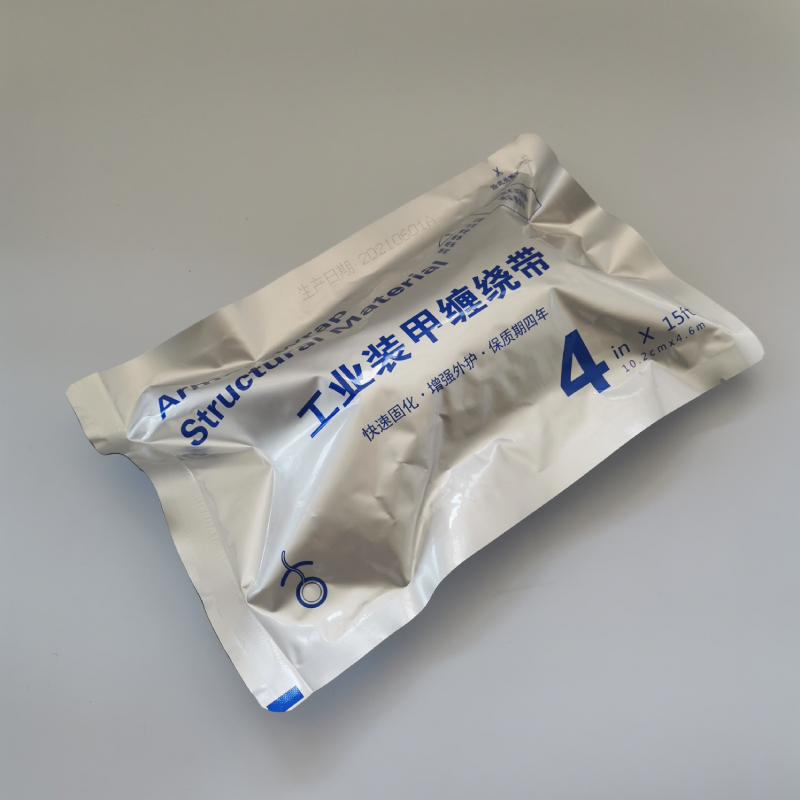Understanding Floor Marking Tape Specifications
Floor marking tape is an essential tool in numerous sectors, including manufacturing, warehousing, and logistics. Its primary purpose is to designate areas for safety, organization, and workflow improvement. For industries concerned with safety and efficiency, the specifications of floor marking tape become crucial. Here, we’ll delve into the key specifications that define quality and functionality, ensuring that your facility utilizes the right tape for every requirement.
Material Composition
The first aspect to consider regarding floor marking tape specifications is the material. Typically, this tape is crafted from vinyl, plastic, or even rubber, each providing unique benefits. Vinyl is common due to its durability and ability to conform to various surfaces. Plastic tapes tend to be more rigid but can withstand harsh environments, making them suitable for outdoor use. Rubber tapes, on the other hand, offer excellent grip and resistance to slipping. The choice of material will affect the tape's longevity, visibility, and suitability for different environments.
Thickness and Size
Thickness is another critical specification. Floor marking tapes usually range in thickness from 2 to 5 mils (thousandths of an inch). Thicker tapes often provide enhanced durability and wear resistance, making them ideal for high-traffic areas. Additionally, the width of the tape can vary, commonly between 2 to 6 inches. Wider tapes are easier to see from a distance and can communicate more information quickly, such as blocking access to certain areas or marking designated paths.
Adhesive Strength
The adhesive quality is vital in determining how well the tape will adhere to the floor. High-quality floor marking tape will feature a strong adhesive that can withstand various conditions, including moisture and temperature fluctuations. It's important to examine the adhesive's specifications, as some tapes are designed for easy removal without leaving residue, while others are intended for permanent application.
Color Options and Visibility
floor marking tape specification

Color plays a significant role in the effectiveness of floor marking tape. Most facilities rely on standardized color codes to convey specific messages. For example, yellow often indicates caution, red signals danger, and blue serves to mark information. Therefore, it is essential to select a tape that adheres to your industry’s color-coding standards. Additionally, some tapes have reflective properties to enhance visibility in low-light conditions, making them suitable for dimly lit areas such as warehouses or storage facilities.
Safety and Compliance
When choosing floor marking tape, it is vital to consider safety standards and regulatory compliance. Many industries are governed by health and safety regulations that dictate specific marking requirements. Ensure that the tape chosen meets these regulations, which may include being easy to clean, non-slip, and resistant to chemical spills. Certifications from organizations such as OSHA (Occupational Safety and Health Administration) or ANSI (American National Standards Institute) can provide reassurance that the tape meets necessary requirements for your workplace.
Temperature and Environment Resistance
Floor marking tape is often subjected to various environmental conditions. Some tapes are designed to resist extreme temperatures, making them suitable for outdoor or refrigerated environments. When selecting tape, assess where it will be applied indoors, outdoors, or in temperature-controlled spaces. The most effective tapes will maintain adhesion and visibility regardless of environmental extremes.
Application and Maintenance
Application techniques can affect the long-term performance of floor marking tape. It's essential to clean the surface thoroughly before application to ensure optimal adhesive contact. Some tapes may require additional preparation steps, such as priming the surface or applying heat for better adhesion. Moreover, consider maintenance; some tapes can be easily cleaned and are resistant to stains, while others may require careful maintenance routines to preserve their appearance and functionality.
Conclusion
In conclusion, understanding floor marking tape specifications is vital for ensuring safety, compliance, and efficiency in any facility. From material composition and thickness to adhesive strength and environmental resistance, each specification plays a crucial role in determining the tape's performance. By carefully reviewing these specifications before purchasing, businesses can make informed choices that contribute to a well-organized and safe working environment. Investing in quality floor marking tape not only enhances safety protocols but can also lead to improved workplace efficiency and productivity.
-
XIANGFAN Rubber Tape-Ultimate Solutions for All Your Insulation NeedsNewsJun.24,2025
-
XIANGFAN Rubber Tape-Protection for Industrial and Residential ApplicationsNewsJun.24,2025
-
XIANGFAN Rubber Tape: Superior Safety and Sealing for Demanding EnvironmentsNewsJun.24,2025
-
XIANGFAN Rubber Tape: Reliable Solutions for Every Electrical ChallengeNewsJun.24,2025
-
XIANGFAN Electrical & Industrial Tape: Powering Reliability Across IndustriesNewsJun.24,2025
-
XIANGFAN Electrical & Industrial Tape: Excellence in Every ApplicationNewsJun.24,2025
